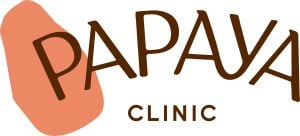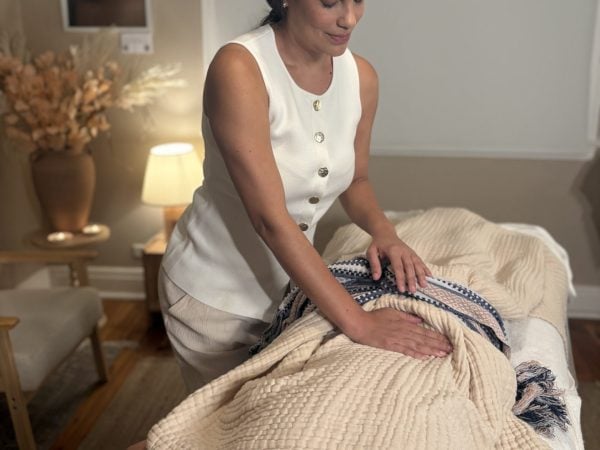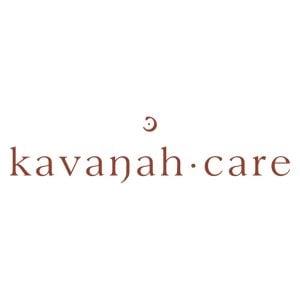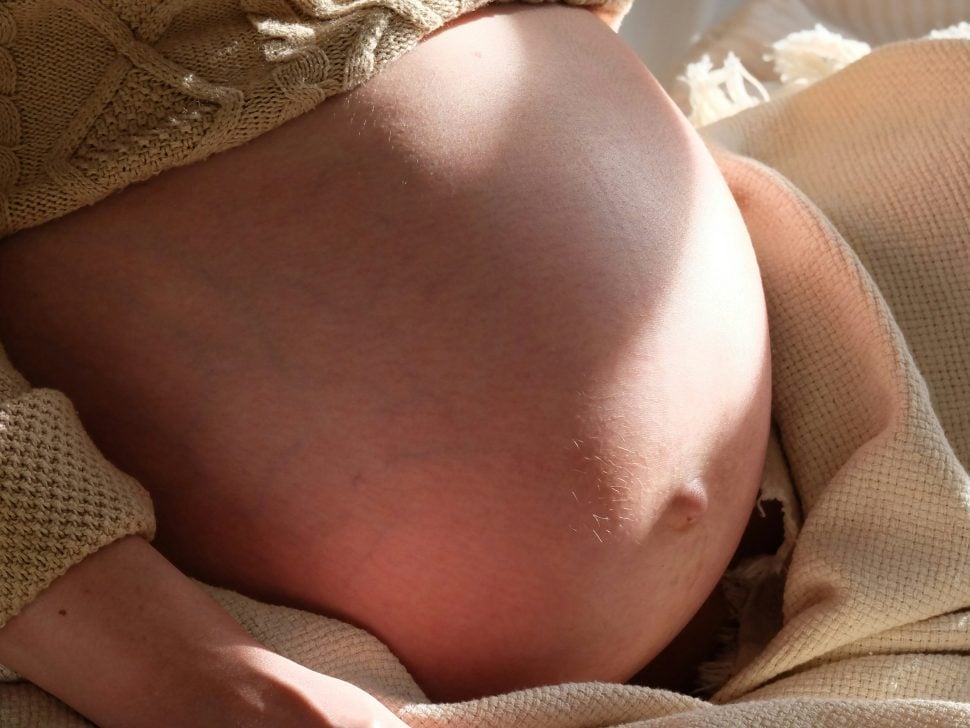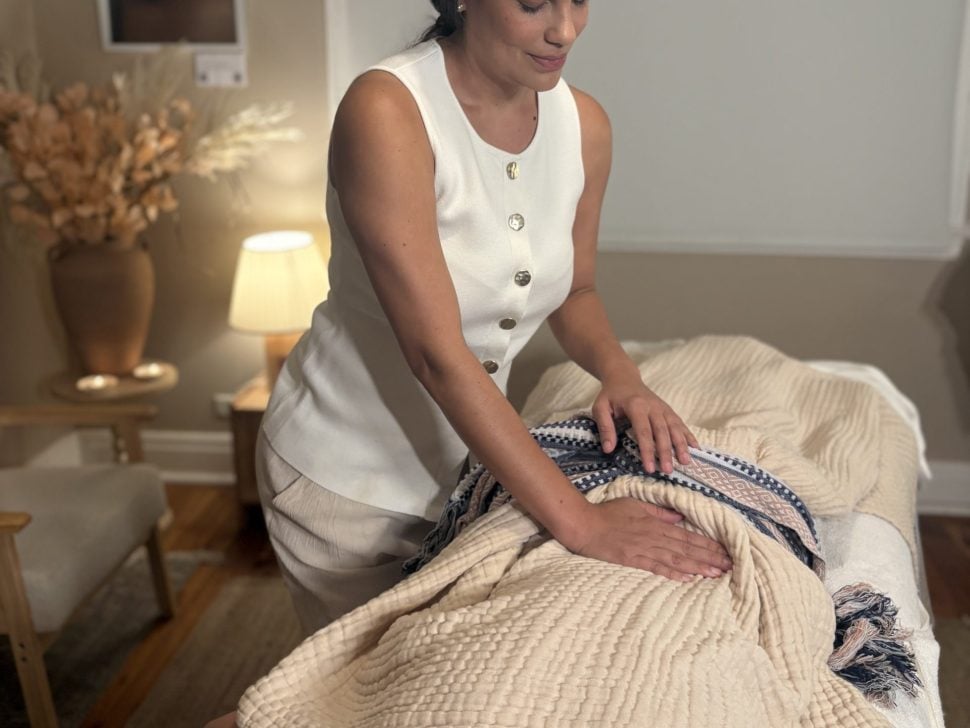Node Mothers and the Node Motherhood Centre were created with one big goal in mind to support mums, not just motherhood.
Founded by Melissa Decarli a mum, photographer, and someone who’s walked the highs and lows of matrescence, Node began as a simple idea: what if mothers’ groups were less about milestone checklists and more about real connection, honest chats, and feeling seen.
Since then, it’s grown into a beautiful community of women who meet weekly across Ballarat (and online), not just to talk about their babies, but to talk about themselves. Whether it’s a new mum with a six-week-old or a second-time mum with a busy toddler in tow, our groups and sessions focus on the woman behind the role.
The Node Motherhood Centre is a warm, welcoming space built for mums to take a breath and be held. We run 10-week mothers’ groups, toddler groups, workshops, and events, always with a focus on connection, community, and gentle encouragement to be exactly who you are that day.
Melissa brings a real, lived-in understanding of what it means to hold so much at once; motherhood, identity, relationships, business, and the in-between. Through her photography business Her Golden Point, she’s had the privilege of capturing thousands of motherhood moments and those honest, tender connections are at the heart of everything she creates with Node.
We’re not here to tell mums what to do. We’re here to walk alongside them. We talk about the messy middle of motherhood, the beautiful chaos, the doubts, the growth and we do it with humour, heart, and a whole lot of love.
If you’re a brand wanting to connect with mothers in a way that truly resonates, Node offers direct access to a trusted, engaged, and emotionally connected audience. We speak with and support our mums every week, and everything we do is built on trust, relatability, and genuine care.
At Node, we don’t just support mums – we see them. And that’s where real impact begins.


